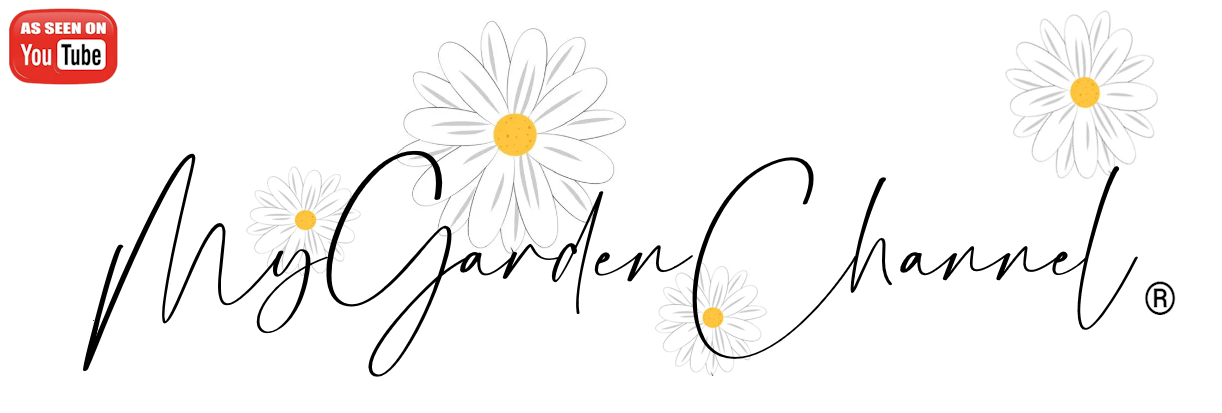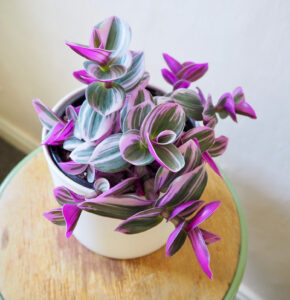Pink Muhly Grass (Muhlenbergia capillaris) is a stunning ornamental grass known for its cloud-like, pink or purplish plume-like flowers. It’s a low-maintenance plant that adds a soft, airy texture to gardens. Here’s how to care for Pink Muhly Grass:
1. Light Requirements
- Full Sun: Pink Muhly Grass thrives in full sun. It requires at least 6 hours of direct sunlight per day to produce its characteristic pink flower plumes and maintain strong, healthy growth.
- Heat Tolerant: It’s also well-suited for hot, sunny environments, making it an excellent choice for xeriscaping or drought-tolerant gardens.
2. Soil
- Well-Draining Soil: This grass prefers well-draining soil and is quite tolerant of poor or dry soil. It does well in sandy, loamy, or rocky soils and can adapt to a variety of soil types as long as they drain well.
- Alkaline to Slightly Acidic Soil: It grows best in soil with a pH ranging from 6.0 to 7.5.
3. Watering
- Drought-Tolerant Once Established: Pink Muhly Grass is quite drought-tolerant once it is established. Water the plant regularly in the first year to help it become established, but once it’s mature, it will need minimal watering.
- Deep Watering: When you do water, ensure that the grass receives deep watering to encourage deep root growth. Avoid frequent, shallow watering.
- Avoid Wet Soil: Be careful not to overwater, as it can lead to root rot. Ensure that the soil is well-draining to prevent water from sitting around the roots.
4. Temperature and Humidity
- Warm-Weather Grass: Pink Muhly Grass is perfect for warm climates and thrives in USDA hardiness zones 6-9. It can tolerate heat and drought, making it suitable for areas with hot summers.
- Cold Tolerance: While it is cold-hardy, it may die back in colder climates during winter, but it will typically come back in spring as the weather warms.
5. Fertilizing
- Light Fertilizing: Pink Muhly Grass doesn’t require heavy feeding. You can apply a light dose of balanced fertilizer in the spring to support new growth, but be careful not to over-fertilize, as this can lead to excessive foliage growth at the expense of flowers.
- Organic Matter: Adding some compost to the soil in the spring can also help provide nutrients, especially if the soil is lacking in organic matter.
6. Pruning
- Cut Back in Late Winter or Early Spring: In late winter or early spring, before new growth emerges, cut back the grass to about 6-8 inches above the ground. This helps remove old growth and prepares the plant for fresh spring shoots.
- Remove Dead or Damaged Leaves: If any leaves or stems turn brown or are damaged, you can trim them back as needed to maintain a tidy appearance.
7. Pests and Problems
- Pest-Resistant: Pink Muhly Grass is typically pest-resistant. However, it can occasionally attract aphids or scale insects, which can be treated with insecticidal soap or water sprays.
- Diseases: It is relatively disease-resistant but may occasionally suffer from fungal diseases like rust or mildew, especially if overwatered or in overly humid conditions. Proper spacing and airflow will help prevent these issues.
8. Companion Plants
- Great for Mixed Gardens: Pink Muhly Grass pairs beautifully with other perennials, such as Echinacea, Rudbeckia, and Salvia. It also complements other ornamental grasses like Feather Reed Grass (Calamagrostis acutiflora).
- Excellent for Xeriscaping: It works well in low-water gardens or xeriscapes, paired with drought-tolerant plants like Lavender, Agave, or Yuccas.
9. Winter Care
- Minimal Winter Care: Pink Muhly Grass is fairly low-maintenance during the winter. In cold climates, the grass may die back in winter but will regrow in spring. Mulch around the base of the plant in colder areas to help insulate the roots during the winter months.
- Cut Back Old Growth: Remove any dead growth after winter to help keep the plant neat and ready for new spring growth.
10. Propagation
- Division: Pink Muhly Grass can be propagated by dividing the plant in early spring or late fall. Use a sharp spade to carefully dig up and divide the plant into smaller sections, making sure each section has healthy roots.
- Seeds: You can also propagate by seed, although it may take a bit longer to grow a full-sized plant from seed compared to division.
Pink Muhly Grass is a stunning addition to any landscape, especially when in full bloom with its airy, pink plumes. With its minimal care requirements and drought tolerance, it’s a great choice for gardeners looking for a low-maintenance, visually striking ornamental grass!
Proudly powered by WordPress






